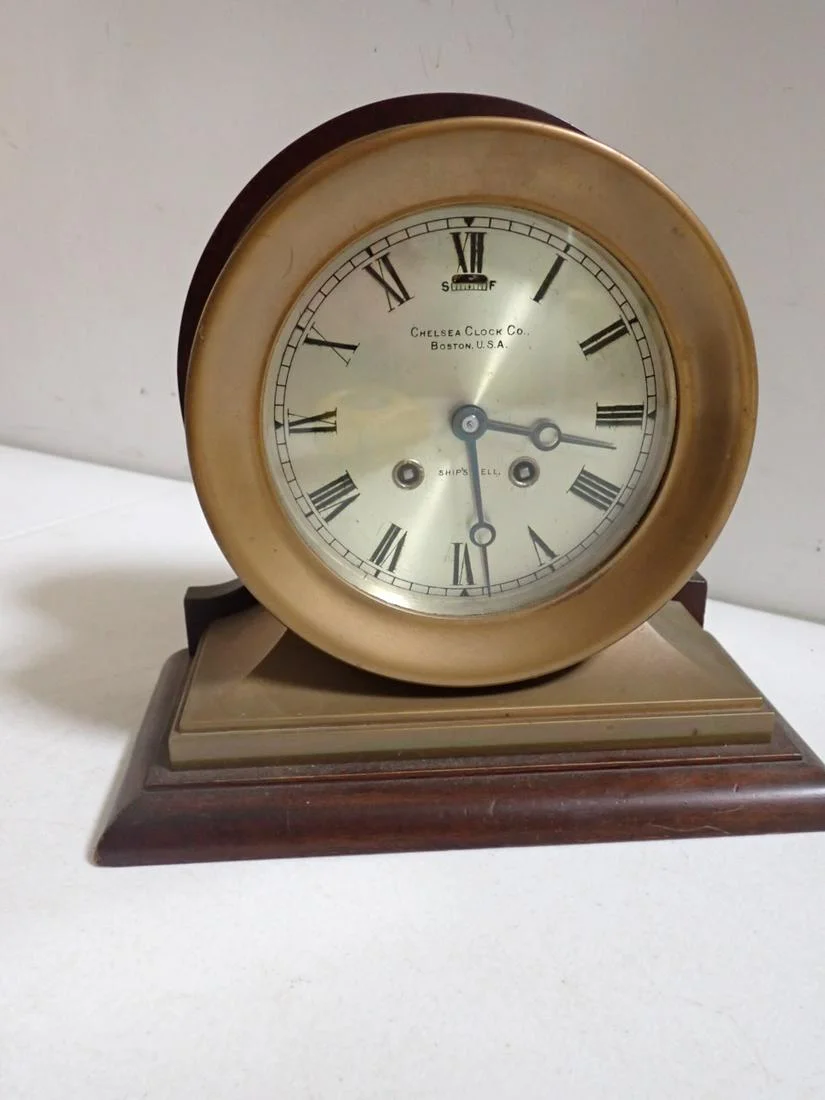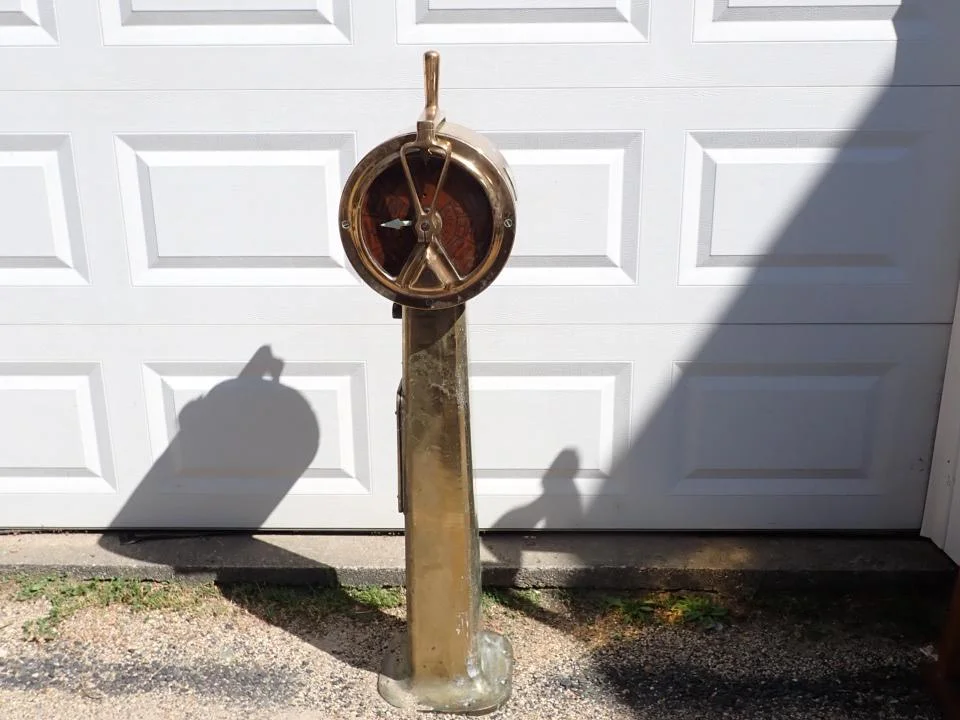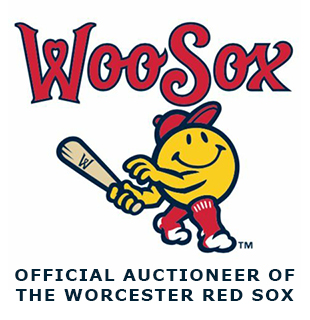Examples of maritime collectibles include anchors and ship’s wheels, ship clocks and compasses, and bells and flags and figureheads. Because of the crucial role ships and seafaring have played in human history, nautical pieces tend to be old and often storied, and so maritime-memorabilia collectors tend to be especially serious.

Chelsea Ship’s Bell Brass Clock Chelsea Clock Co. Boston, MA – sold at auction for $550
Rare sextants can go for $2,000 to $3,000. A polished brass yacht capstan by Hereshoff could go for nearly $20,000. Not every piece will fetch thousands, of course. A good ship’s clock might go for a solid $200 to $300. A vintage anemometer and wind vane could go for $500 to $600. Whatever the value of your items, a well-run and well-attended auction is the only realistic way to sell them, because maritime collectibles are hard to run across “in the wild,” and so serious collectors typically stick to auctions.

Ships Telegraph Solid Brass Henschel Corp. Amesbury, MA – sold at auction for $1,250

Woolie Folk Art (Embroidery) Of 3 Sailing Ships With Houses – sold at auction for $800
Contact Central Mass Auctions today, or keep reading to discover more about auctioning your nautical memorabilia.
Determining the value of nautical antiques
The first question is the rarity of a piece. Ship’s binnacles, for example, are fairly common. That doesn’t mean they won’t sell, sometimes for a couple of hundred dollars, but anyone who wants one can generally find one with ease.
Provenance – the piece’s history – also matters a great deal. An interesting history always will fetch a higher price, if the provenance can be authenticated. We also look to prove the identity of the maker or original owner, if we can find it. Speaking of which, the maker of the instrument can matter, too: a piece by Edward Samuel Ritchie, Henry Gregory, Charles Baker, or Carl Plath might be of extra interest to many collectors.
As with just about any other item, condition and craftsmanship are major factors in nautical collectibles’ value. Most collectors want to own the very best pieces they can find. Serious collectors don’t buy a piece only because it’s valuable, but also because they see beauty in it. An absence of dings, scuffs, and missing pieces generally maximize the beauty.
Appraising and selling nautical antiques
A hard reality is that prices can fluctuate wildly in the maritime-collectibles market. Certain pieces go in and out of fashion, sometimes quickly. An appraisal must be given with an eye towards the current nautical antiques market. That requires an auctioneer (like us) who brings seafaring, other transportation-related, and historical memorabilia to auction often.
Once we’ve given you an assessment, we can go about finding the right enthusiasts to market your pieces to. An auction gets your pieces in front of serious collectors, people with a passion for maritime collectibles. We take the time to market the auction and to position your pieces correctly so that you get as much money for them as possible.
We won’t blame you if you want to keep a few choice items aboard for home décor; maritime memorabilia looks great. But if you would rather ship it out, we can help you get the maximum value for it at auction. Contact Central Mass Auctions today.




